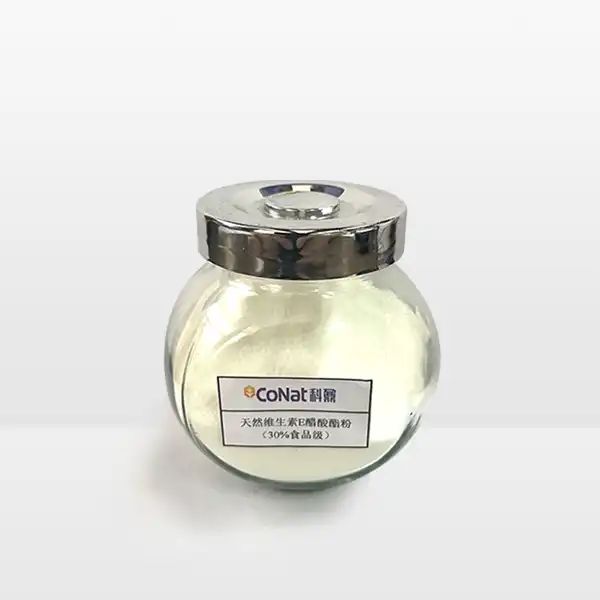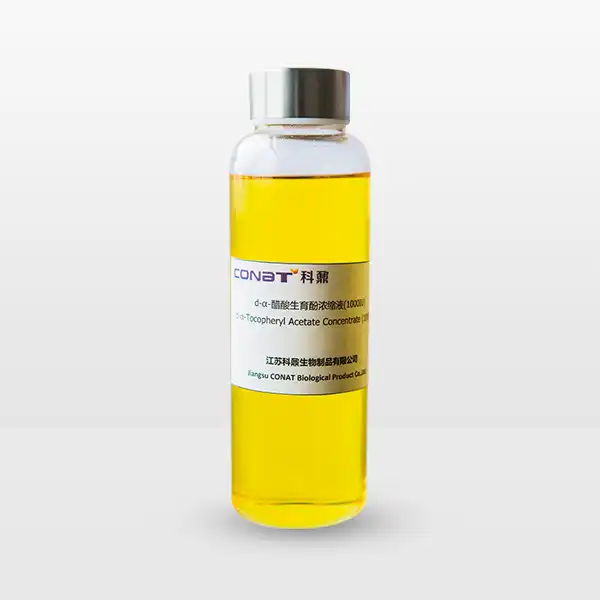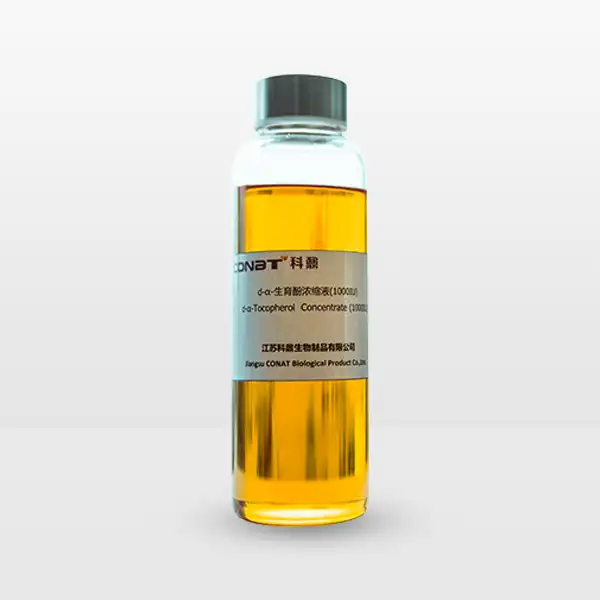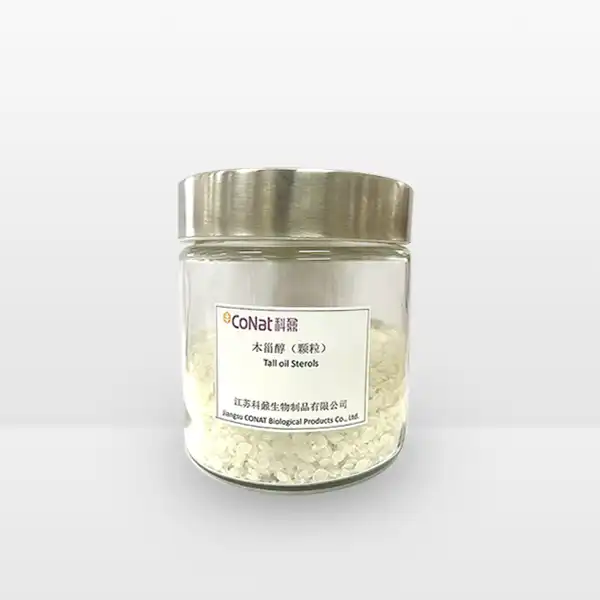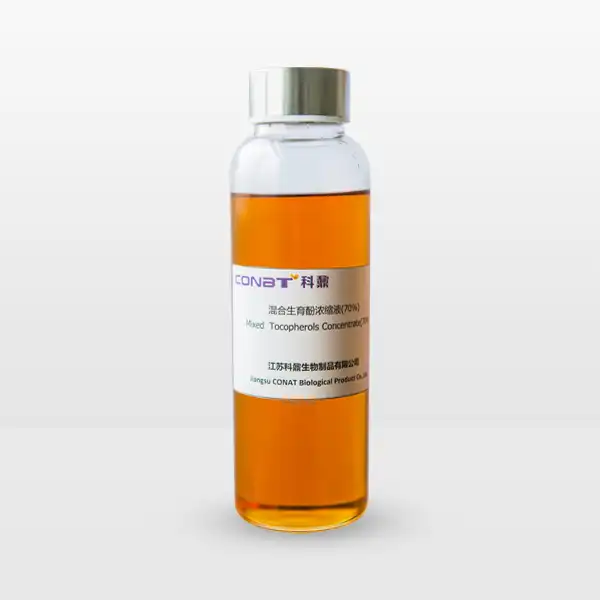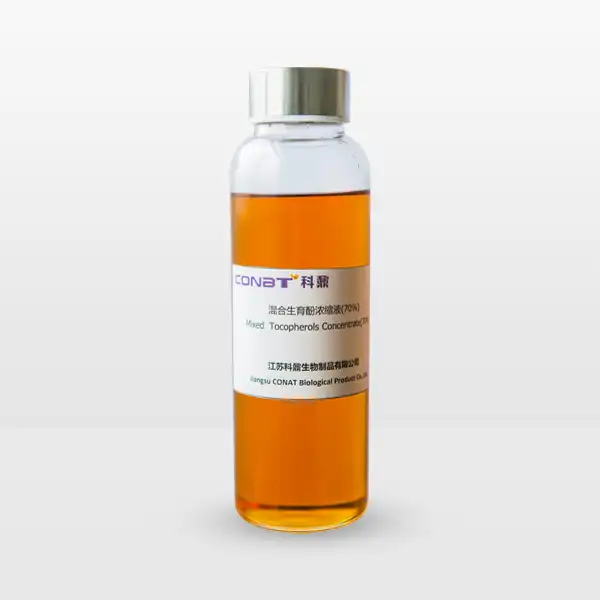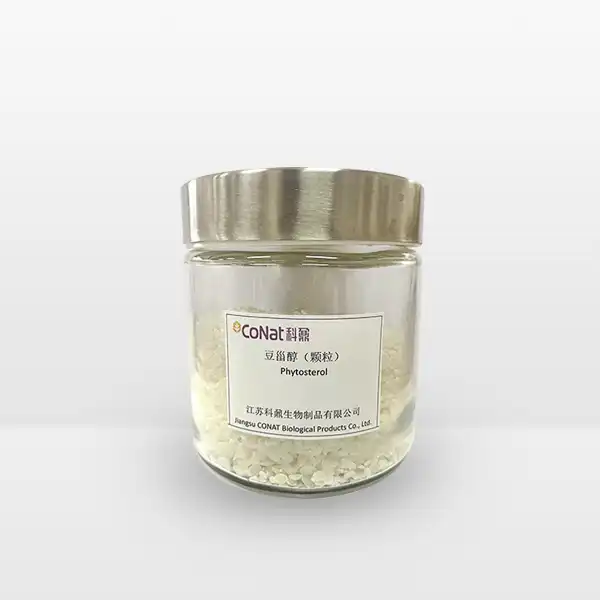- English
- French
- German
- Portuguese
- Spanish
- Russian
- Japanese
- Korean
- Arabic
- Greek
- German
- Turkish
- Italian
- Danish
- Romanian
- Indonesian
- Czech
- Afrikaans
- Swedish
- Polish
- Basque
- Catalan
- Esperanto
- Hindi
- Lao
- Albanian
- Amharic
- Armenian
- Azerbaijani
- Belarusian
- Bengali
- Bosnian
- Bulgarian
- Cebuano
- Chichewa
- Corsican
- Croatian
- Dutch
- Estonian
- Filipino
- Finnish
- Frisian
- Galician
- Georgian
- Gujarati
- Haitian
- Hausa
- Hawaiian
- Hebrew
- Hmong
- Hungarian
- Icelandic
- Igbo
- Javanese
- Kannada
- Kazakh
- Khmer
- Kurdish
- Kyrgyz
- Latin
- Latvian
- Lithuanian
- Luxembou..
- Macedonian
- Malagasy
- Malay
- Malayalam
- Maltese
- Maori
- Marathi
- Mongolian
- Burmese
- Nepali
- Norwegian
- Pashto
- Persian
- Punjabi
- Serbian
- Sesotho
- Sinhala
- Slovak
- Slovenian
- Somali
- Samoan
- Scots Gaelic
- Shona
- Sindhi
- Sundanese
- Swahili
- Tajik
- Tamil
- Telugu
- Thai
- Ukrainian
- Urdu
- Uzbek
- Vietnamese
- Welsh
- Xhosa
- Yiddish
- Yoruba
- Zulu
What is Tall Oil Fatty Acid?
Tall oil fatty acid (TOFA) is a versatile bio-based chemical derived from crude tall oil, a byproduct of the kraft pulping process in paper manufacturing. This sustainable resource is primarily obtained from pine trees and consists of a mixture of various fatty acids, with oleic and linoleic acids being the predominant components. As a renewable alternative to petroleum-based products, TOFA has gained significant attention in various industrial applications, from coatings and adhesives to personal care products and renewable fuels. The composition typically includes 48-52% linoleic acid, 42-46% oleic acid, and smaller amounts of other fatty acids, making it a valuable raw material for numerous industrial processes. Its natural origin and consistent quality have made it an increasingly important player in the transition towards sustainable chemical production.
What are the Main Applications of Tall Oil Fatty Acid in Industry?
Tall oil fatty acid has established itself as a crucial component across numerous industrial sectors, demonstrating remarkable versatility and effectiveness. In the coatings industry, TOFA serves as a primary ingredient in alkyd resins, which are essential for producing high-performance paints and varnishes. These resins offer excellent durability, weather resistance, and adhesion properties, making them particularly valuable for both interior and exterior applications. The construction sector heavily relies on TOFA-based products for concrete admixtures, where they function as air-entraining agents and water reducers, significantly improving concrete workability and durability.
In the lubricant industry, Tall Oil Fatty Acid derivatives are increasingly replacing traditional petroleum-based products as environmentally friendly alternatives. These bio-based lubricants offer superior performance characteristics, including excellent thermal stability and reduced friction coefficients. The metalworking fluid sector has embraced TOFA-based products for their excellent emulsification properties and bio-degradability, providing effective cooling and lubrication during metalworking processes while minimizing environmental impact.
The personal care and cosmetics industry has also recognized the value of TOFA, incorporating it into various formulations. Its natural origin and skin-conditioning properties make it an attractive ingredient for soaps, moisturizers, and other personal care products. The development of TOFA-based surfactants has opened new possibilities in biodegradable cleaning products, meeting the growing consumer demand for environmentally conscious alternatives.
Another significant application area is in the production of dimer acids and polyamide resins. Through controlled polymerization processes, TOFA can be converted into dimer acids, which are essential components in the manufacture of polyamide resins used in hot melt adhesives, printing inks, and epoxy curing agents. These materials offer excellent adhesion, flexibility, and chemical resistance, making them invaluable in various industrial applications.
How is Tall Oil Fatty Acid Produced and Processed?
The production of tall oil fatty acid involves a sophisticated multi-step process that begins with the kraft pulping of softwood. During this process, crude tall oil (CTO) is generated as a byproduct when wood chips are cooked with alkaline chemicals to separate cellulose fibers. The initial soap skimmings, known as tall oil soap, are collected from the black liquor and acidulated with sulfuric acid to produce crude tall oil.
The crude tall oil undergoes fractional distillation, a critical process that separates various components based on their boiling points. This distillation process typically occurs under vacuum conditions to prevent thermal degradation of the fatty acids. The first fraction collected contains light oils and rosin acids, followed by the main TOFA fraction. Advanced distillation techniques, including thin-film evaporators and molecular distillation, ensure high purity and consistent quality of the final product.
Modern Tall Oil Fatty Acid production facilities employ sophisticated control systems to monitor and adjust process parameters continuously. Temperature control is particularly crucial during distillation, as it affects both product quality and yield. Additionally, many facilities have implemented heat recovery systems and energy-efficient technologies to reduce environmental impact and operating costs. The recovered heat is often utilized in other parts of the pulp mill, contributing to overall energy efficiency.
Quality control plays a vital role in TOFA production. Regular sampling and testing ensure that the product meets strict specifications for acid value, color, moisture content, and impurity levels. Advanced analytical techniques, such as gas chromatography, mass spectrometry, and nuclear magnetic resonance spectroscopy, are employed to monitor product composition and maintain consistency. These quality control measures are essential for meeting the diverse requirements of different industrial applications.
Recent innovations in processing technology have led to improved separation efficiency and product quality. Some facilities now utilize advanced membrane separation techniques and novel catalyst systems to enhance the separation of fatty acids from other components. These technological improvements have resulted in higher yields and better product consistency while reducing energy consumption and environmental impact.
What Makes Tall Oil Fatty Acid a Sustainable Alternative to Traditional Fatty Acids?
The sustainability profile of tall oil fatty acid sets it apart as an exemplary bio-based chemical that aligns perfectly with modern environmental objectives. As a byproduct of the paper industry, TOFA represents a prime example of circular economy principles in action. Unlike traditional fatty acids derived from purpose-grown crops, TOFA production doesn't compete with food resources or require additional land use, making it an environmentally responsible choice.
The carbon footprint associated with TOFA production is significantly lower compared to conventional fatty acids, primarily because it utilizes material that would otherwise be considered waste. Life cycle assessments have demonstrated that TOFA-based products can reduce greenhouse gas emissions by up to 90% compared to their petroleum-based counterparts. This remarkable environmental advantage has led to increased adoption across industries committed to reducing their environmental impact.
The sustainability benefits extend beyond production to include economic and social aspects. The integration of TOFA production with existing pulp mills creates additional revenue streams for the forest products industry, supporting rural economies and providing stable employment opportunities. The use of TOFA in various applications also promotes the development of local bio-based industries and reduces dependence on imported petroleum-based raw materials.
Recent developments in processing technology have further enhanced the sustainability profile of TOFA production. Advanced energy recovery systems, improved separation techniques, and optimized process control have reduced energy consumption and improved yield, making the production process increasingly efficient and environmentally friendly. The implementation of closed-loop systems and water recycling initiatives has also significantly reduced water consumption and waste generation.
Furthermore, ongoing research and development efforts are focused on expanding the applications of Tall Oil Fatty Acid in emerging sustainable technologies. These include the development of bio-based composites, renewable energy storage materials, and advanced coating systems. The versatility and renewable nature of TOFA make it an ideal candidate for future sustainable material innovations.
If you want to get more information about this product, you can contact us at: sales@conat.cn.
References
1. Journal of Cleaner Production. (2023). "Environmental Impact Assessment of Tall Oil Fatty Acid Production."
2. Green Chemistry & Technology Letters. (2023). "Advanced Processing Methods for Tall Oil Fatty Acids."
3. Biomass and Bioenergy. (2022). "Sustainable Production of Tall Oil Derivatives."
4. Industrial & Engineering Chemistry Research. (2023). "Process Optimization in TOFA Production."
5. European Journal of Wood and Wood Products. (2022). "Kraft Pulping Byproducts: Applications and Markets."
6. Renewable and Sustainable Energy Reviews. (2023). "Bio-based Chemicals from Forest Resources."
7. Progress in Organic Coatings. (2022). "TOFA-based Alkyd Resins: Properties and Applications."
8. Journal of Surfactants and Detergents. (2023). "Sustainable Surfactants from Tall Oil."
9. Bioresource Technology. (2022). "Advanced Separation Technologies in Tall Oil Processing."
10. Chemical Engineering Journal. (2023). "Energy Efficiency in Tall Oil Fatty Acid Production."
